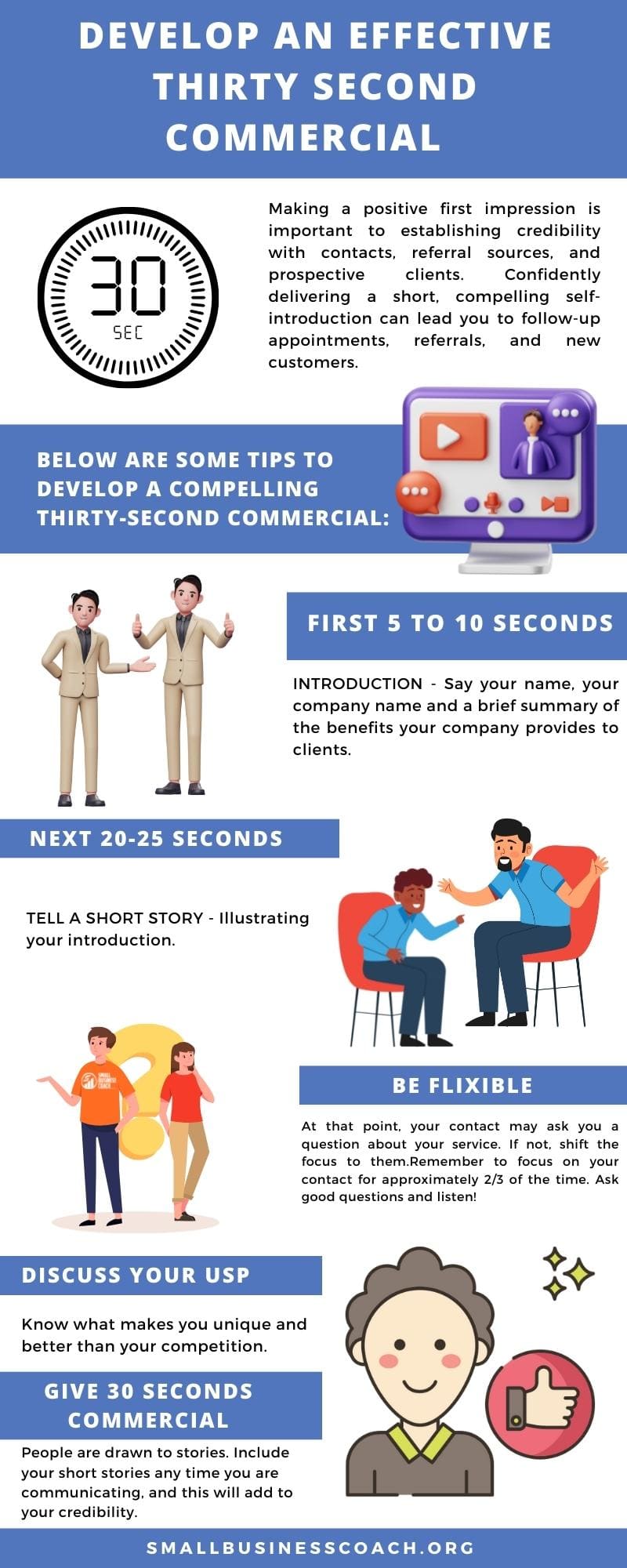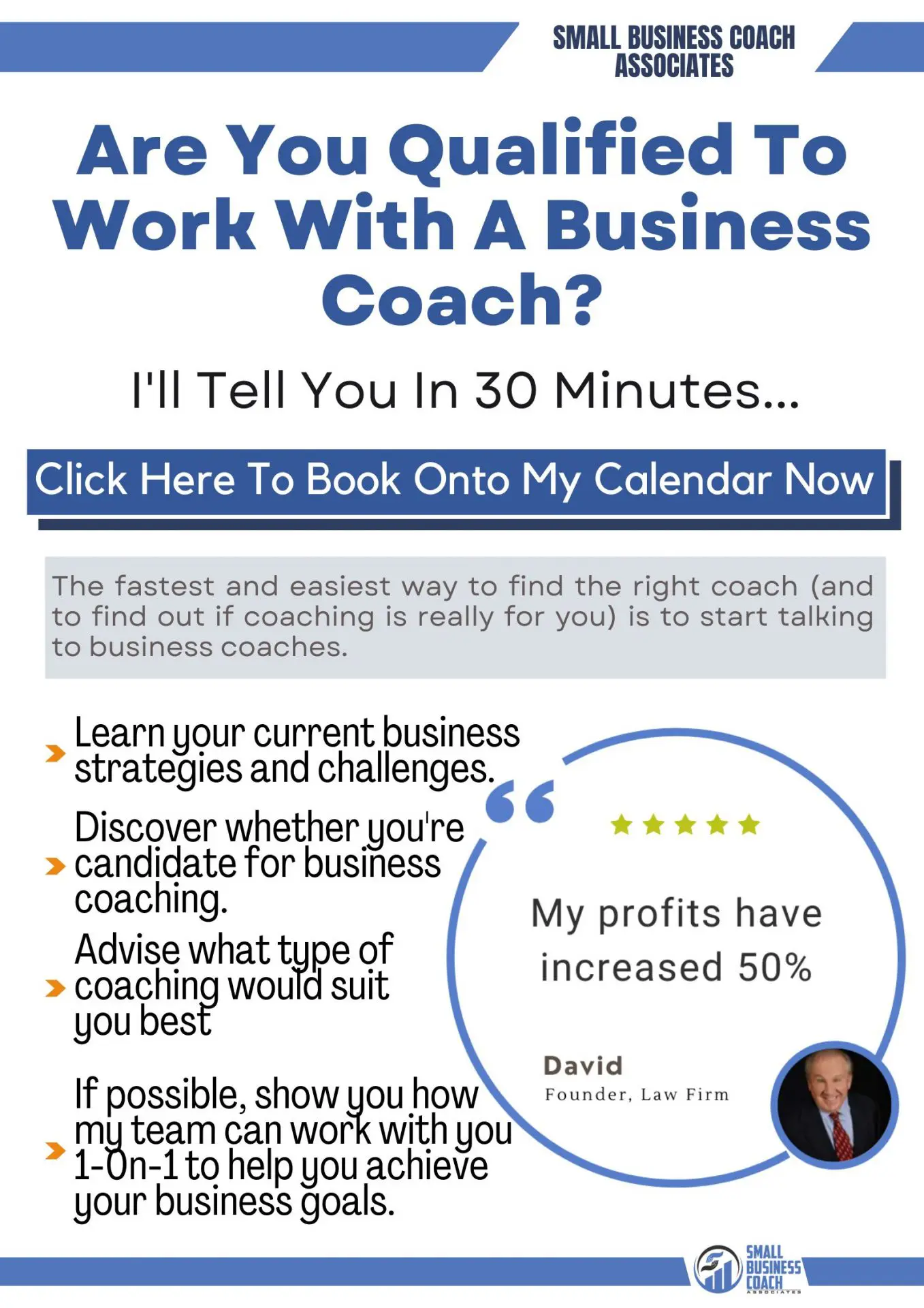Looking for some writing tips to increase your sales and improve your writing content? Increasing sales is a never-ending mission. You always need to look for new tricks to market your products better and make them irresistible. But what if marketing isn’t the only sales-boosting tool you can employ? What if sales-oriented content can be your solution?
Composing selling text can help you convert consumers even when you are asleep. Compelling writing is an evergreen sales-enhancing tactic. Why not give it a try?
Quality content helps you present your brand, connect with your audience, gain their trust, and motivate them to take action. It rounds up the whole journey from introducing your brand to winning the consumers over. Companies such as Compose.ly believe that quality web content, achieved through effective blog writing, helps you present your brand effectively, connect with your audience, gain their trust, and motivate them to take action. It rounds up the journey from introducing your brand to winning over consumers.
5 Great Writing Tips for Content That Skyrocket Sales
Do you want to test the selling power of well-written content?
Keep reading and find the best writing tips for creating content that aims to sell.
1. Best Writing Tip: Present Your Product as a Solution
Direct your writing towards why your products or service can be life-changing. That’s what consumers want to know – and that’s what you should deliver.
Listing features of a product won’t help you sell. This may be enough to convince some of the buyers to make a purchase, but not the majority. You need to do more. Tell consumers directly why your product matters.
People search for products as a solution to a current problem. They might need a wardrobe update, so they look for new clothes. Or, they spend too much time on repetitive tasks, so they want automation software. In any case, proposing your product as a solution is what will grab their attention. So, if your target audience is content writers, you introduce them to automation software based on artificial intelligence. In this way, they will see how they can write faster, easier and more efficiently, compare files, find differences, errors and so on.
Start by outlining problems that your target audience has. Present their common pain points. Show them that you understand their pain points.
The next step is to specify why your product is the perfect solution. Paint the picture of a life-changing discovery that comes in the form of your brand. If you explain how you can make consumers’ lives easier, you’ll be worthy of their money. If you are writing about a software as a service, check out this SaaS content writing guide and see how you can get more leads and signups.”
2. Connect with the Audience by Using a Suitable Writing Style
Writing tone and style play essential roles in the content’s effect on the readers. If your content is generic and dull, you can’t evoke emotions, and you can’t interact with the audience.
What we know about emotions is that they trigger impulse purchases. So, provoking emotional reactions is beneficial for your brand.
The perfect example of a tailored writing style comes from Dollar Shave Club. Their humorous, raw, and sometimes sarcastic, explicit writing perfectly aligns with their target audience – men. Their shoppers can see a man just like them, with the same needs and wants, presenting that brand.
Content that aligns with your target audience will put you at an advantage. Your unique and personalized writing can help customers feel understood. Become one of them. Don’t be just another brand that wants to sell products.
3. Go Deep Into Research
Every high-quality writing content starts with extensive research. Whether you are writing a book, engaging in business writing, or a copy, information is the foundation for creating credible, empathetic, and targeted text.
To boost sales, your brand’s research should focus on:
- Products in your niche
- Competitors
- Target audience
Gather information on what kind of products are offered on the market. What are the strongest and weakest points of those products? How do your products differ from others? Compare every feature and functionality.
You want to surface your competitors’ best and worst content strategies. Learn from their successes and misses. Also, observe what makes you superior to them. Is it your price? Or maybe your tradition? Find your unique value proposition.
Lastly, you want to learn everything you can about your audience. Go to forums and social media and read about their needs. Browse for product reviews in your niche and pay attention to the consumers’ demands and expectations.
Researching may not be the fun part of content creation, but it is necessary. When you have that kind of information on your hands, you can write content strategically.
If you need some help with collecting data and transforming them into targeted content, contact a freelance writer with research skills. For affordable writing help, you can hire Get Good Grade writing experts. Writing companies that specialize in academic papers have affordable prices as well as highly qualified and experienced writers.
Digging for information isn’t a one-time process. You should stay updated on ever-changing consumers’ needs, competitors’ new offers, and product innovations in your niche.
4. Tell Stories
Stories draw us in. They make us a part of something new and different. Applying storytelling in your content strategy helps you turn your brand from a stranger to a friend.
Joe Teo, an CEO at Hey Orca shared his professional view on the stories’ impact on consumers. “Storytelling, when done right, will pull a consumer into the world of a brand to see a different perspective, showing them the bigger picture. The story is an invitation for someone to participate in something bigger than themselves, something they believe in,” said Teo (reported by Sujan Patel).
Storytelling is the best and quickest way of connecting with the audience. As you present your brand, products, and new campaigns through stories, you give readers an insight into who you are. That familiarity is what brings people close to your brand and encourages them to pull out their wallets.
In the following example, you can see how SuperJam, a homemade jam company, embraced storytelling in their “About” page. After you read the text, you are no longer buying jam from a brand. You are buying jam from Fraser – the jam that his grandmother prepared for him with love.
The beauty of storytelling is its versatility. Use it for written content or video content creation. Also, attractive visuals are always a plus when sharing stories.
To craft a compelling story, you should include the following elements:
- Relatable characters
- Attention-grabbing introduction
- Conflict
- Resolution with a positive outcome
In terms of perspective, you have three choices:
- First-person – The author is the main character. The first-person perspective is a good choice for sharing tips and personal experience as an industry expert.
- Second-person – The reader is the main character. This is a common practice in marketing. You can use it for customer-centric content.
- Third-person – “He”, “she”, or “they” are the main characters. It can be a story about a customer, client, employee, industry experts, etc. Since this is the least personal perspective, you should make the character charismatic and relatable.
5. Team Up Urgency and Inviting CTAs
Now or never – words that can encourage you to take action impulsively.
That’s what urgency does to people. It blocks out the outside world and leaves you with a pulsating sensation that you must grab this great opportunity.
Sprinkle some urgency across your content. It doesn’t need to be explicit like a countdown. The simple insinuation that you have something that your audience needs NOW will do.
Use words that highlight urgency such as:
- Now
- Today
- Limited
- New
- Deadline
- Expires
- Hurry
- Quick
- Last chance
- Running out
- Fast
- Final
Take Better Beauty as an example. You don’t need to become a member right away, but the fact that you can start enjoying the perks TODAY is enough to get you thinking.
Blog posts can also exude urgency even when the pressure isn’t real. Let’s say that your blog title is “How to Turn Your Prospects into Customers Today.” Nothing is pressuring the reader to make this change in an instant. However, the solution that the blog proposes triggers the urgency to take action.
The fear of missing out (FOMO) won’t stick with the consumers for a long time. You need to encourage them to react right away. How? Add clear and inviting call-to-action (CTA) buttons.
If you leave the consumers time to think, the FOMO can lessen. Streamline their journey by providing them with a quick path to a solution.
Wrapping Up
Writing content that sells is a skill that needs to be learned, practiced, and upgraded. Use these proven tips to strengthen your writing strategy and apply tactics that actually work.
Bear in mind that successful content is personalized content. Stay committed to writing valuable content for your audience. They are the ones you need to win over. Therefore, adapt your content writing to their preferences and motivate them to give your products a chance.
Helene Cue is a writer and copywriting expert with years of experience. Her work experience as an academic writer, editor, and proofreader has motivated her to also start writing reviews on essay writing services. Students can, therefore, read this review, and make informed decisions. Helene’s goal is to help businesses grow with the help of quality content.































